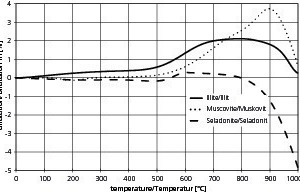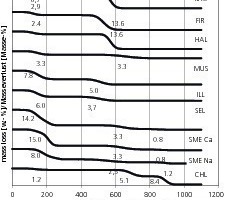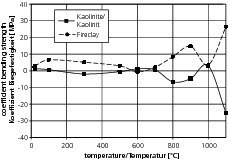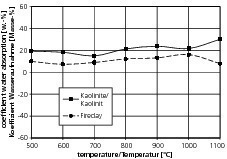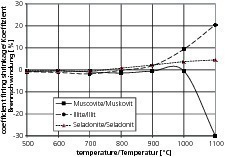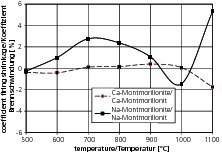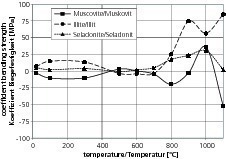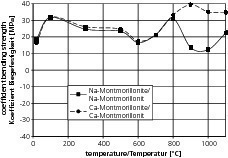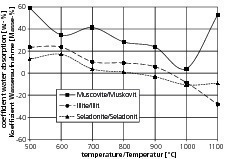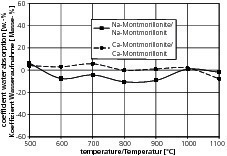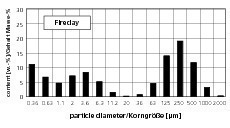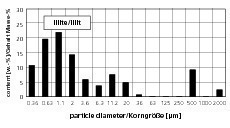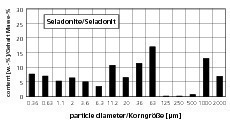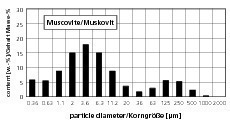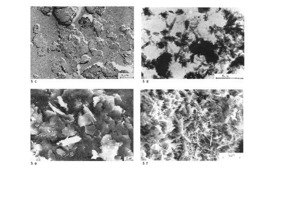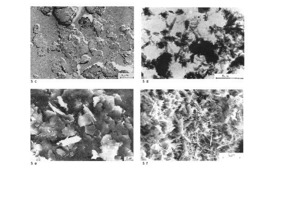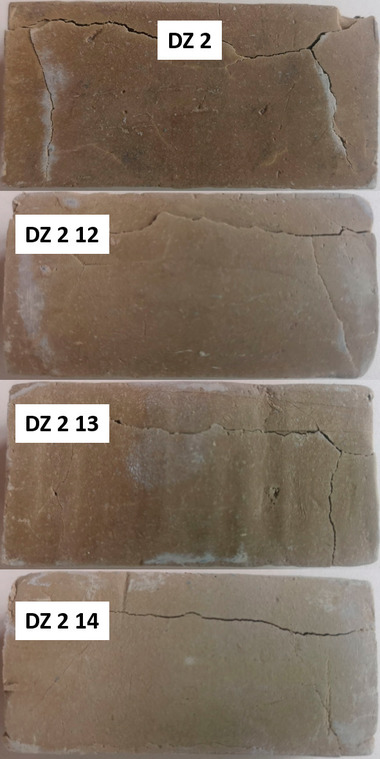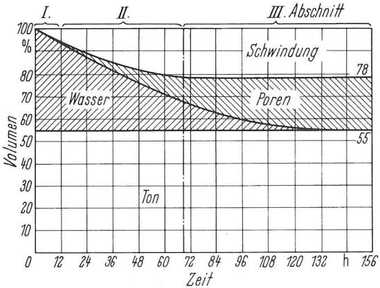Differences in the production-related properties of the three primary clay minerals kaolinite-illite-montmorillonite (Part 2)
On account of their different crystal structures, the primary clay minerals kaolinite, illite and montmorillonite exhibit different material properties and behaviour in production processes. Owing to the different formation and rearrangement of the strata, often two or three varieties of the respective primary clay minerals are encountered, which differ in their particle size and chemical composition. The results of statistical analyses on a large number of brick raw materials and bodies are presented in two parts, which reveal the differences in the shaping, drying and firing behaviour of the clay mineral varieties and document these numerically.
4 Shaping properties
In German-speaking countries, in the ceramic laboratory, the mixing water requirement is often determined according to Pfefferkorn, at a deformation ratio of 2. The mixing water requirement is...

![»1 SiO4 tetrahedra and Al(O,OH)6 octahedra as building blocks in layer lattice silicates according to [4]](https://www.zi-online.info/imgs/tok_6ba53a66e3e916670a4ff11b4503eb3f/w300_h200_x400_y163_101484990_b9036f9457.jpg)
![»2 Layer structure of the montmorillonite according to [5]](https://www.zi-online.info/imgs/tok_3f9db661e93446bc7e2f8bf8dd4f97e4/w300_h200_x400_y236_101484998_6ae27a54a3.jpg)
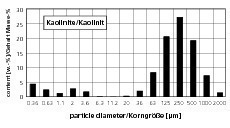

![»5 Electron microscope images of clay minerals according to [10]a) Well-formed hexagonal kaolinite plateletsb) Kaolinite platelets in a “stack of coins”c) Severely weathered kaolinite (fireclay)d) Seladonitee) Illitef) Fine-grained montmorillonite](https://www.zi-online.info/imgs/tok_29f91ceedaa8e8f7633748dcf3237a00/w300_h200_x285_y411_101485034_ccbda76f06.jpg)

